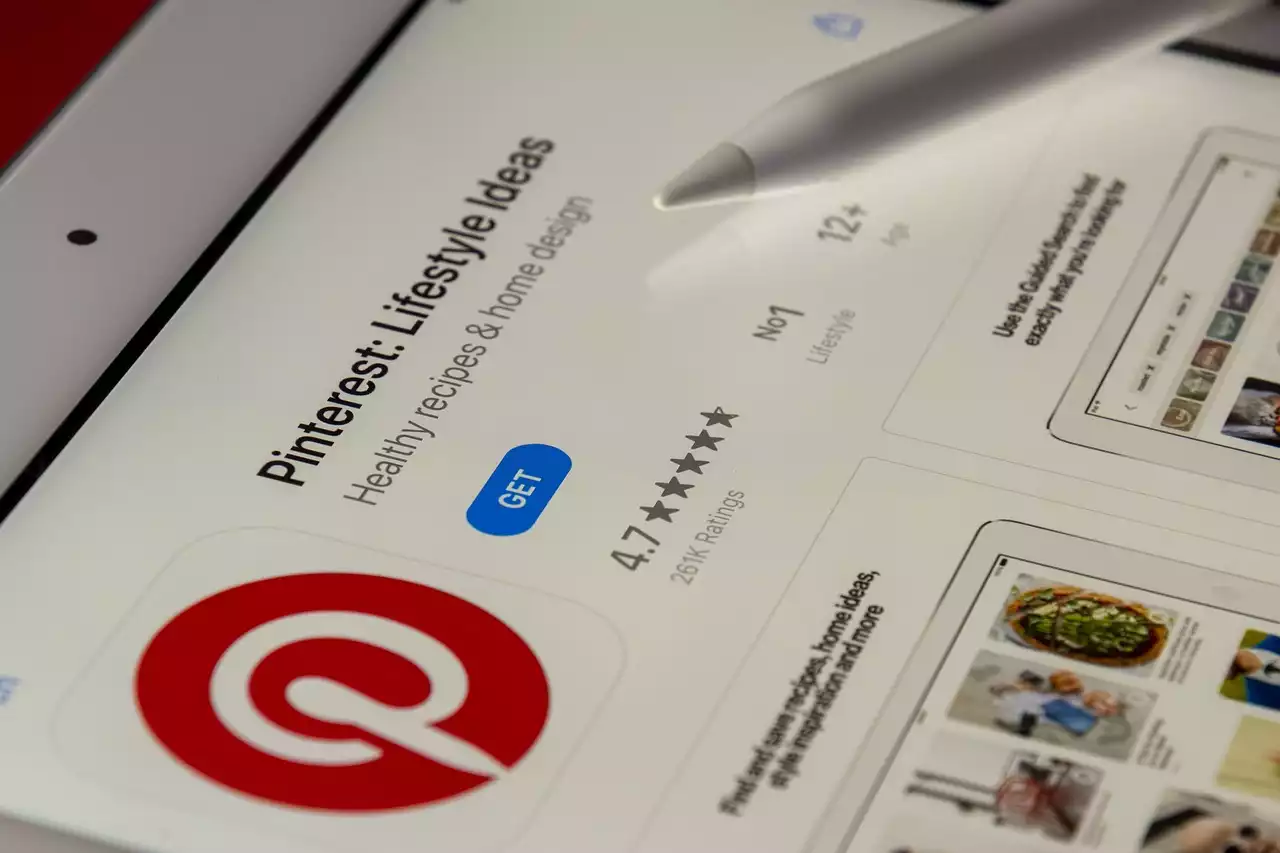Advantages of PWAs over Traditional Websites and Native Apps
Traditional websites and native apps have their own strengths and weaknesses. Websites are accessible from any device with an internet connection, but they lack the offline functionality and app-like experience that users expect on mobile devices. Native apps provide an app-like experience and offline functionality, but they require users to download and install them, take up storage space, and are platform-specific. PWAs combine the best of both worlds by providing an app-like experience with offline functionality and accessibility from any device with an internet connection, without the need for installation.
PWAs also offer other advantages over traditional websites and native apps. They are faster to load because they use service workers to cache resources, reducing the need for network requests. This results in a smoother user experience, especially on slow or unreliable networks. PWAs are also more secure because they are served over HTTPS, ensuring that data is encrypted and cannot be intercepted by third parties. Additionally, PWAs are more discoverable because they can be indexed by search engines, making them easier to find for users.
PWAs and User Experience
User experience is a crucial factor for the success of any digital product. PWAs provide a seamless and engaging user experience that rivals that of native apps. PWAs can be installed on the user's home screen, just like native apps, and can be launched with a single tap, providing fast and easy access. PWAs can also send push notifications, providing a way to engage users even when they are not actively using the app. PWAs are designed to be responsive, providing an optimal experience across all devices, from desktops to smartphones.
PWAs also provide an immersive experience, with full-screen mode and the ability to add to the user's home screen. PWAs can also access device features, such as the camera, microphone, and geolocation, providing a more integrated experience. PWAs can also work offline, allowing users to continue using the app even when there is no internet connection, with data being synced when a connection is available. All of these features combine to create an app-like experience that users expect on mobile devices.
How PWAs Work
PWAs are built using web technologies, such as HTML, CSS, and JavaScript. They are designed to be responsive, working across all devices, from desktops to smartphones. PWAs are served over HTTPS, ensuring that data is encrypted and cannot be intercepted by third parties. PWAs use service workers to cache resources, reducing the need for network requests and providing offline functionality. Service workers also enable push notifications and background sync, allowing PWAs to provide a more engaging and seamless user experience.
PWAs can be installed on the user's home screen, just like native apps, and can be launched with a single tap. This is achieved using a manifest file, which provides information about the app, such as its name, icon, and theme color. The manifest file also specifies the app's start URL and its display mode, allowing PWAs to provide a native-like experience on mobile devices.
Key Features of PWAs
PWAs have several key features that make them stand out from traditional websites and native apps. These include:
- App-like experience: PWAs look and feel like native mobile apps, providing an immersive and engaging user experience.
- Offline functionality: PWAs can work offline, allowing users to continue using the app even when there is no internet connection.
- Fast and responsive: PWAs are designed to be fast and responsive, providing a smooth user experience, especially on slow or unreliable networks.
- Discoverable: PWAs can be indexed by search engines, making them easier to find for users.
- Secure: PWAs are served over HTTPS, ensuring that data is encrypted and cannot be intercepted by third parties.
- Installable: PWAs can be installed on the user's home screen, just like native apps, providing fast and easy access.
Examples of Successful PWAs
Several businesses have already adopted PWAs and have seen significant benefits. One of the most successful examples is Twitter Lite, which saw a 65% increase in pages per session and a 75% increase in tweets sent. Twitter Lite is a PWA that provides an app-like experience with offline functionality and fast loading times. Another successful example is Starbucks, which saw a 2x increase in daily active users and a 30% increase in orders placed. Starbucks' PWA provides an immersive experience with offline functionality and the ability to add to the user's home screen.
How to Build a PWA
Building a PWA requires knowledge of web technologies, such as HTML, CSS, and JavaScript, as well as service workers and manifest files. There are several frameworks and tools available that can simplify the process, such as Google's Workbox and Angular, and Facebook's React. To build a PWA, developers need to:
- Ensure that the app is served over HTTPS, to ensure data security.
- Implement a service worker to cache resources and provide offline functionality.
- Create a manifest file to provide app information and enable installation.
- Optimize the app for performance and speed, including reducing the size of resources and minimizing network requests.
Challenges in Building PWAs
Building PWAs can also present several challenges. One of the biggest challenges is ensuring compatibility across all devices and browsers, as some features may not be supported by older devices or browsers. Another challenge is ensuring that the app is optimized for performance, especially on slower networks, to provide a smooth user experience. PWAs also require more effort and resources to build than traditional websites, but the benefits they offer make them a worthwhile investment.
PWAs and SEO
PWAs can also provide benefits for SEO. Because PWAs can be indexed by search engines, they can improve the discoverability of the app and the website it is associated with. Additionally, PWAs can provide fast loading times and a smooth user experience, which can improve user engagement and reduce bounce rates. This can lead to higher search engine rankings, as search engines prioritize websites that provide a positive user experience.
Future of PWAs
PWAs are becoming an increasingly popular choice for businesses of all sizes, as they offer a range of benefits that bridge the gap between traditional websites and native apps. With the rise of mobile devices, PWAs provide a way to provide a seamless and engaging user experience across all devices, without the need for installation. As more businesses adopt PWAs, we can expect to see continued improvements in their features and capabilities, making them an even more powerful tool for engaging users and improving online presence.






.png?size=50)


